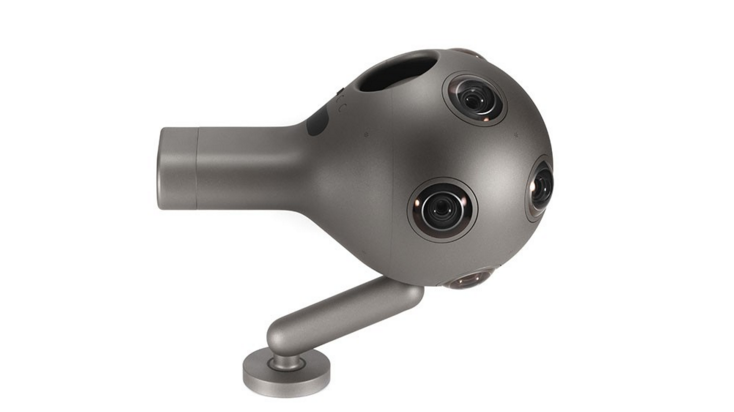HPA 2016: Virtually Real is no Video Cakewalk

INDIAN WELLS, CALIF.— Debra Kaufman led a virtual reality panel that launched with a look at Nokia’s Ozo 360-degree camera, a device that resembles a multi-eyed, softball-sized guppy. What’s up with Nokia making a VR camera, Kaufman asked Nokia’s head of worldwide sales and “presence capture,” Stuart English.
Well, considering Nokia has some of the fundamental technology and there are forecasts of 300,000 VR headsets on the market by the end of this year, the Ozo seemed to make sense.
“We started the project two years ago,” English said. “The focus was on the reality aspect of virtual reality.”
The Ozo is a spectral (make that “spherical”) rather than a rectilinear camera, he said. They were aiming to achieve a “stereoscopic” view of the world, “and on the audio, we believe you have to have a spatial surround-sound capability.”
“You also have to have a product that respects professional workflows,” he said. “That’s why we have high-end cameras in the first place, so being able to just take this camera into the field and start recording was important,” thus Ozo records onto a single card.”
While it records, a director can pick up a headset and look at the results, he said.
Phil Lelyveld, head of the VR/AR Initiative at the USC Entertainment Technology Center, noted the Ozo has eight cameras and eight microphones. By adding a lavalier, he said, an operator can get clear vocals from a speaker in addition to surround.
Steve Schklair, founder and CEO of 3ality Technica, known for its work on some of the biggest 3D movie releases, knows a thing or two about working with multiple camera perspective simultaneously.
“This was a natural place for us to gravitate toward,” he said of VR. “However… shooting for iMax versus putting on goggles… there are compromises already on the viewing.”
To begin with, cinematography is tough with 360 cameras, he said.
“You have to do a lot of painting to get rid of the lights. If you don’t want to get rid of the lights, you have to do practicals,” he said. “I’m going to live with an umbrella every time I go outside, because the sun flares are worse to deal with in a 360 environment, especially eight wide-angles’ worth.
“For the cinematographer, I don’t know where the creativity is, because the camera sees everything. I would say it’s not a cinematographer’s medium, other than getting the light right. It’s a storyteller’s medium, but not a cinematographer’s medium.”
Further, he said, “The workflow is still a pain in the ass. You’re dealing with so many images, stitching, lining up scenes…”
There needs to be some confluence of the VR and filmmaking, he said.
“I go to a VR conference, I hardly know anyone,” he said. “There needs to be more of a marriage between the VR and the moviemaking community.”
Kaufman asked where VR would “pop.”
Schklair said news. Lelyveld concurred.
“I agree that immersive journalism is one of the areas where this is going to pop. Also, the low end,” he said.
English said there’s very strong interest in documentaries, training, education applications. “Right across the board with applications,” he said.
Get the TV Tech Newsletter
The professional video industry's #1 source for news, trends and product and tech information. Sign up below.
